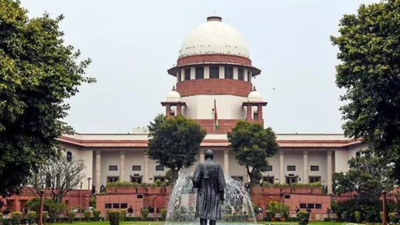
The Supreme Court on Wednesday agreed to hear two more pleas challenging the Election Commission of India’s move to conduct a Special Intensive Revision (SIR) of electoral rolls in poll-bound Bihar.A bench of Justices Sudhanshu Dhulia and Joymalya Bagchi agreed to hear the pleas on July 10, along with other pending petitions. Advocate Vrinda Grover and another advocate mentioned for urgent listing.Grover said the plea filed by two social activists, Arshad Ajmal and Rupesh Kumar, challenged the poll panel’s June 24 decision to conduct the SIR of electoral rolls in the state and urged for listing it with other matters.On July 7, the apex court agreed to hear on July 10 petitions challenging the ECI’s decision.The petitions challenging the ECI decision were filed by RJD MP Manoj Jha, the Association for Democratic Reforms (ADR), PUCL, activist Yogendra Yadav, Trinamool MP Mahua Moitra, and former Bihar MLA Mujahid Alam.The petitions sought a direction to quash the ECI’s June 24 directive, which requires large sections of voters in Bihar to submit proof of citizenship to remain on the electoral rolls.ADR, in its petition, has submitted that the ECI order imposes fresh documentation requirements and shifts the burden of proof from the state to the citizen.The petition also raised concerns over the exclusion of widely held documents like Aadhaar and ration cards, stating that this would disproportionately affect the poor and marginalised voters, especially in rural Bihar.“The SIR order, if not set aside, can arbitrarily and without due process disenfranchise lakhs of voters from electing their representatives, thereby disrupting free and fair elections and democracy in the country, which are part of the basic structure of the Constitution,” the petition submitted.RJD MP said the decision, which has been taken without any consultation with the political parties, is “being used to justify aggressive and opaque revisions of electoral rolls that disproportionately target Muslim, Dalit and poor migrant communities, as such, they are not random patterns but are engineered exclusions.”














